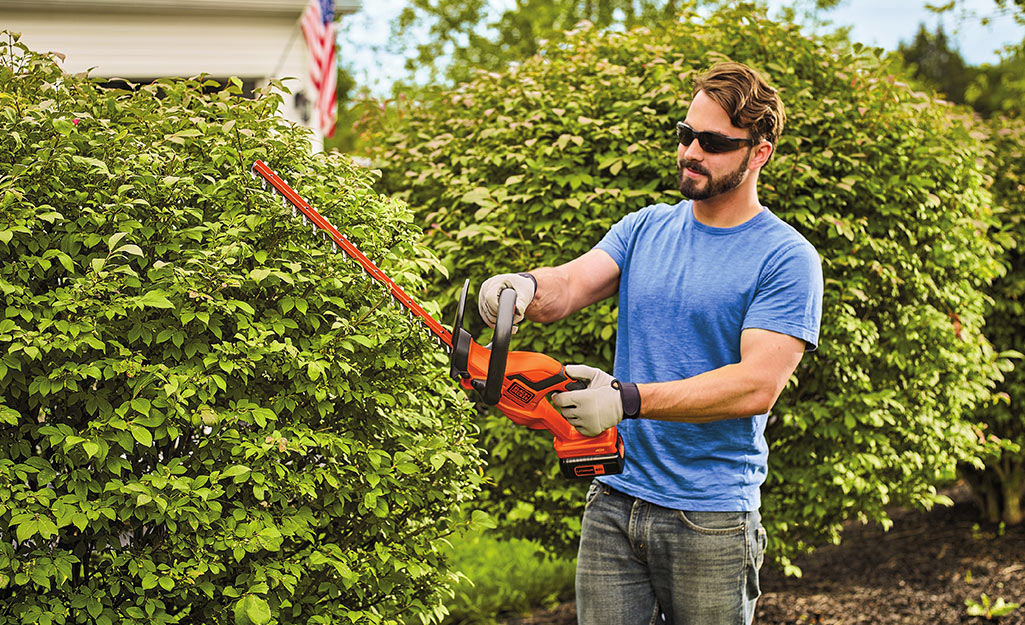Craftspeople have debated manual versus power tools for generations, a choice that still shapes careers today. As a newcomer to the trades, your toolkit decisions impact productivity, safety, and your wallet. Even if you’re wiring a house or crafting furniture, understanding which trades tools for beginners deliver the best value matters. Let’s take a closer look.
Manual vs Electric Trade Tools: Key Differences
Your trade’s demands determine whether hand tools or power tools take the lead.
Power and Portability
Power tools like drills or saws run on batteries or cords, offering speed but needing energy access. Hand tools work anywhere with no outlets required. A roofer once told me, “My manual nail puller saves the day when we’re 30 stories up with no generator.”
 Precision Meets Muscle
Precision Meets Muscle
Hand tools excel in detail work. Electricians use manual wire strippers to avoid nicking copper, while woodworkers carve delicate joints with chisels. Power tools dominate heavy jobs: demo crews rely on reciprocating saws to slice through steel beams in minutes.
 Physical Tradeoffs
Physical Tradeoffs
Power tools reduce arm strain but cause vibration fatigue. I learned this fast during my first drywall job. After six hours with an impact driver, my hands shook. Hand tools demand more effort but offer control.
Trade Tool Advantages: When Hand Tools Outperform Power
Your trade dictates your toolkit. Here’s how pros balance both:
Construction Pros
Crews use nail guns for speed but keep pry bars handy. As a framer friend jokes, “A hammer never needs charging when you’re racing sunset.”
 Woodworking Artisans
Woodworking Artisans
Hand planes shape furniture with millimeter precision. One cabinetmaker shared, “Clients pay extra for hand-cut dovetail joints, they spot machine-made ones instantly.”
 Electrical/HAVC Techs
Electrical/HAVC Techs
Electricians thread wires through tight spaces with manual fish tapes but use cordless drills for mounting panels. HVAC teams blend electric vacuum pumps with hand-held refrigerant detectors.
Plumbers
Manual pipe threaders handle small jobs quietly, while electric drain snakes tackle clogs in commercial buildings.
Landscapers
Small crews opt for manual pruners, but commercial teams wield gas-powered hedge trimmers. “You can’t hand-trim a 100-yard hedge by noon,” a landscaper warned me.

The Future of Trade Tools
Tech is changing the game:
-
Smart Tools: Bluetooth torque wrenches log data for compliance reports
-
Durable Batteries: Modern packs last 800+ charges (Tesla 2024 Report)
-
Hybrid Designs: DeWalt’s FlexVolt saws offer manual-like control with electric power

Eco-conscious trends matter too. Many states now offer tax credits for electric tool purchases.
Choosing Trade Equipment: Cost-Safety-Productivity Triangle
Beginners must balance budgets with long-term needs.
Startup Costs
A basic hand tool kit costs $75–250. Power tools like brushless drills start at $150. Milwaukee’s M18 model is a 2025 favorite.
Hidden Expenses
Factor in:
- Battery replacements ($60 every 2 years)
- Blade sharpening ($20/month for carpentry tools)
- Safety gear (anti-vibration gloves: $35)
Earnings Boost
Power tools pay off fast. Roofers with nail guns triple daily output. As a contractor advised me,
“Buy a quality drill first, it’ll fund your next three tools.”
Safety and Ergonomics for Trades Tools
Power tool accidents lead to more ER visits than manual tools, but both demand caution:
- Preventative Gear
- Vibration-dampening gloves reduce nerve damage risk
- Ergonomic saw handles decrease wrist strain by 40% (OSHA 2025 data)
- Safety glasses with anti-fog coating
Smart Habits
Unplug tools when changing blades. Keep knives sharper than you think as dull blades slip.
Building Your Career Toolkit
There’s no one-size-fits-all approach. A Denver electrician cut service calls by 30% after mixing manual precision tools with cordless gear.
Pro Tips:
-
Start manual to hone skills. That is, master a handsaw before a circular saw
-
Upgrade to power tools for repetitive tasks
-
Many pros budget 10-15% yearly for tool upgrades

The chisel and drill bit aren’t rivals, but partners. As you grow, your toolkit will too, combining tradition with innovation. The best trades tools for beginners adapt as you do.

